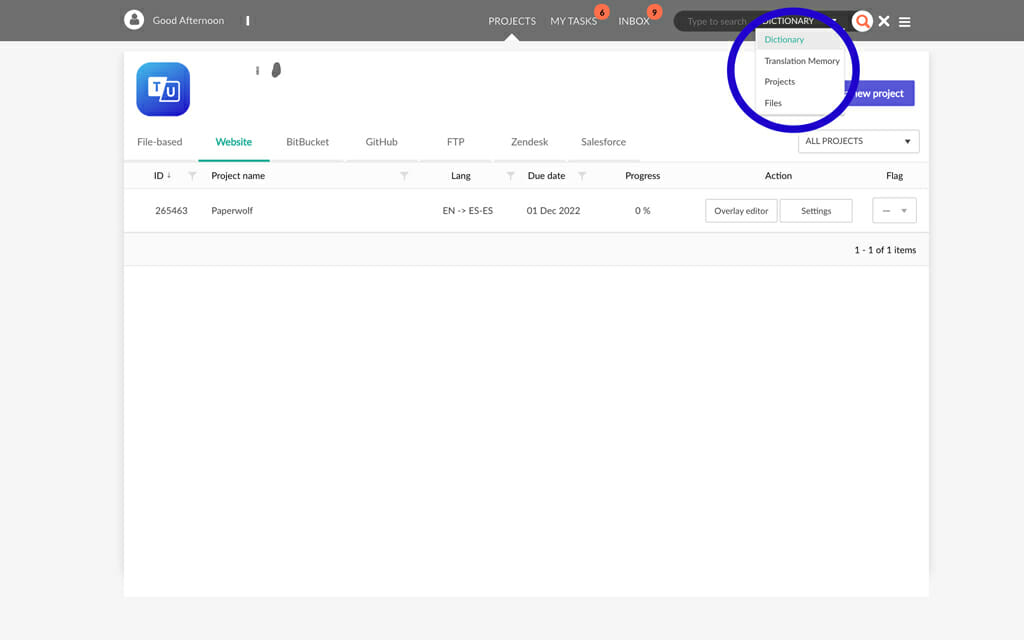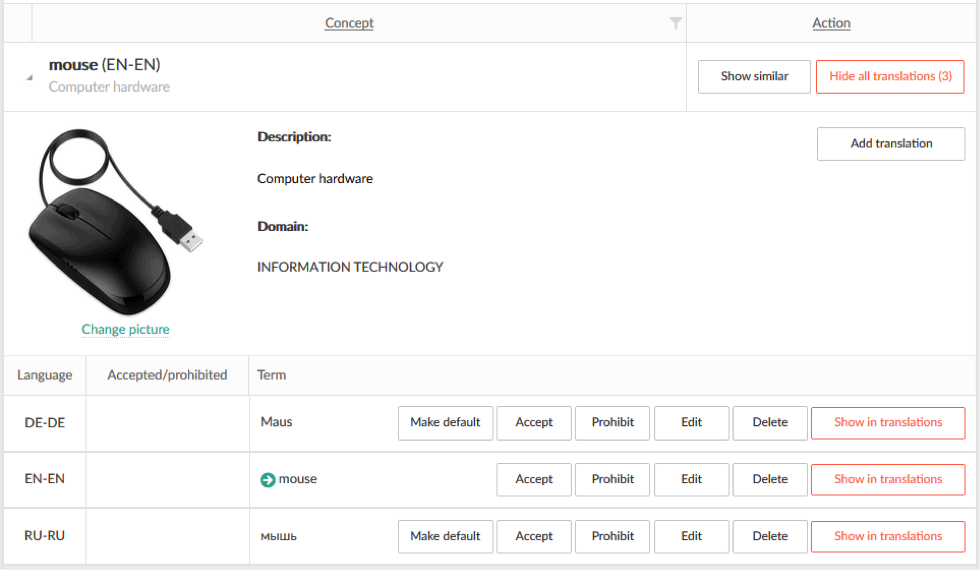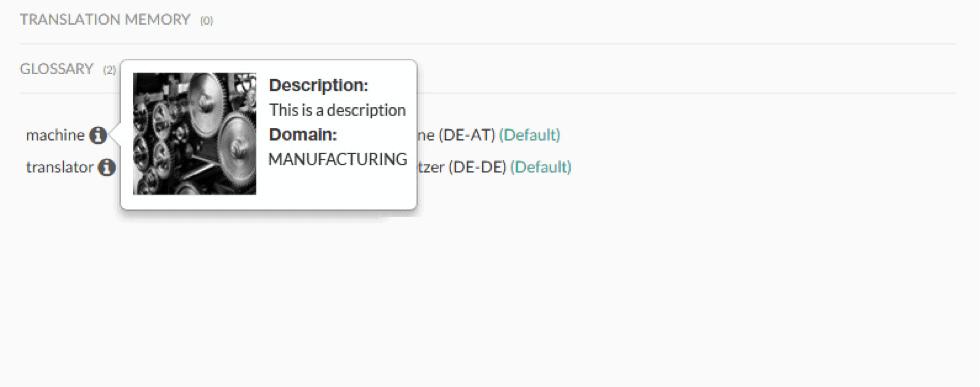Terminology management for high quality translation
Terminology management is a crucial component when it comes to translations.
Most companies will have not only industry-specific terms but also brand-specific ones.
These can range from product names or marketing taglines to more extensive style guides with specific word preferences. For example, in technical documentation, a company may wish any references to a car be replaced by a vehicle.
All of these terms need to be managed, stored, shared, reviewed and accurately translated. For this reason, Terminology Management is one of the most important components of Translation Management System (TMS). It provides a whole range of benefits during translation, allowing for both coherence and flexibility throughout the project.
We’ve put together a comprehensive breakdown to make the most of terminology management during your translation journey.
Why Terminology Management Is Essential For Consistent Content
Specialized texts – for example medical or technical texts – can make little to no sense even in your native language. Fields of this nature can have so many industry-specific terms they are practically a language unto themselves. These types of documentation are liberally populated with specific terms and specialized vocabulary that non-specialists rarely have to engage with.
Likewise, It can be the same with tech-savvy content or a company vocabulary. Now add on top of this a translation process and you’re facing an even trickier and more convoluted situation. All those terms that make little to no sense to you become a translator’s nightmare when trying to maintain context. Even away from such sector-specific specialized texts, a marketing strategy with specific taglines can be equally as challenging for translators.
The more contributors, editors, and of course translators involved in a project can convolute it even further.
Terminology Management Tool To The Rescue
A basic terminology consists of words, phrases, and technical terms used to create sentences in a translation solution. You can think of this as a glossary of words that you’d find in a book. Terminology management for translations usually contains two lists; source language terms, and the corresponding target language terms. At face value, to most people, it would simply appear as a basic translation dictionary or phrasebook.
Sounds pretty straightforward right? Well, it’s a little more complex than that. Terminology management isn’t a tool itself, rather a process of creating and documenting vocabulary in an orderly and systematic fashion.
The difficulty comes in that terminology management is a pre-emptive process, it should take place before any attempted translations. When specialized terms are properly documented beforehand, a translator has a headstart on familiarizing themselves with said terms. When they come to translate, they already have an idea of how these terms define the context of the translation.
Properly Preparing Terminology Management
Preparing your terminology management is not overly complex but it can be time-consuming. A company must pour over relevant texts to select the essential terms for translation and therefore require including in the glossary.
But how does one decide which terms make the list? Is it purely frequency? If the word appears recurrently in the text it should certainly be added to the glossary. But what about your specialized terms? Simply put, the more specialized the term the more important it is to include it on your list.
Types of Terminology Management Tools
Terminology Management Systems vary from the aforementioned simple glossary lists to more complex systems that convey the relationship between terms. All have their uses but we’d recommend something more detailed so the client and translator can easily maintain accuracy and consistency. At TextUnited, we’ve created and added a tool to our Terminology Management called Company Dictionary. It’s simple but extremely effective and offers advanced terminology management so nothing gets lost in translation.
Take a look at the image below to see how it works!
Company Dictionary Features
We are constantly improving our suite of translation tools and the Company Dictionary is no different. Here are some key upgrades we’ve made to the process of compiling your terminology management system:
#1. Users Access and Restrictions
TextUnited has added three types of access within a company; Administrator, Power User, and User. ‘Users’ can search and preview terms in the Company Dictionary, however, they cannot make changes to the terminology. ‘Power Users’ and ‘Administrators’ have unrestricted access to the Company Dictionary. They can add new terms, accept or reject translations, and add details to terms like pictures or descriptions.
#2. Domain Control
The domain of a term is now shown in the Company Dictionary. Each term is also available to preview in the Translation Editor.
#3. Default Terms
Terms can be marked as default so translators can quickly ascertain which term to use if there are multiple translations of a single term.
#4. Preview details for Terminology Proposals
Your terminology repository will contain all the terms from across your various project glossaries (upon completion) in one place. This includes any that you may have imported or users added manually. These terms are automatically added to your project’s glossary and will be displayed as proposals on the right side of the Translation Editor.
If a term has been further detailed, both you and the translator will be able to preview it here. This will help to effortlessly provide access to detailed terms to decide which work best for the project context.
#5. Web App Availability
We quickly realized how useful a tool the Company Dictionary was and feedback from our existing clients further confirmed this. So we decided to extend its availability from just our desktop app to our web app too!
One last word
Hopefully, this blog has helped you understand the fundamental importance of Terminology Management. As well as introduce and expand on our version of it and how effective it is. Fancy a proper look around? Why not try our 14-day free trial and have a closer look at yourself!




